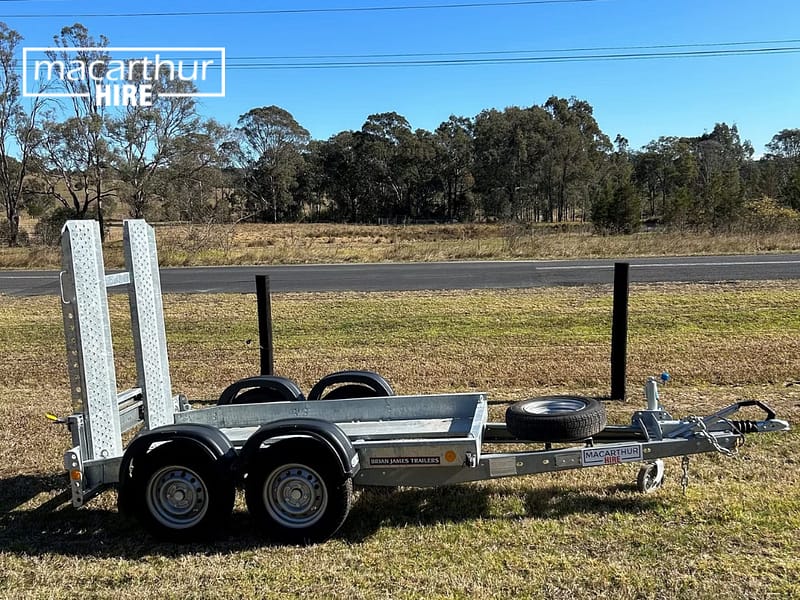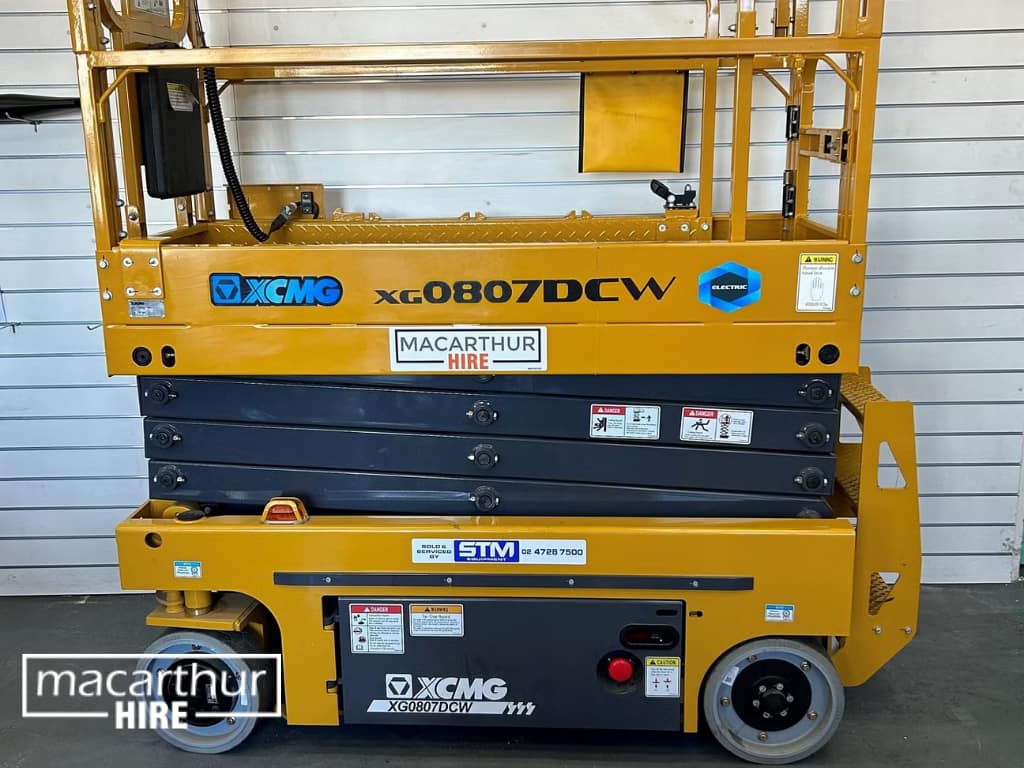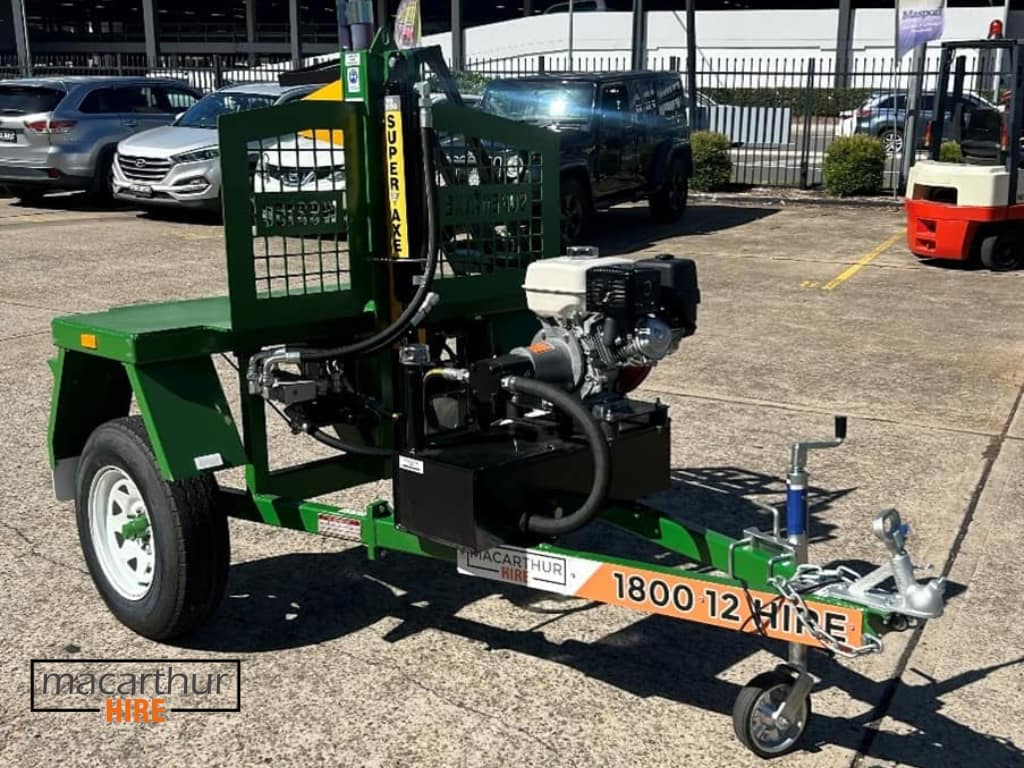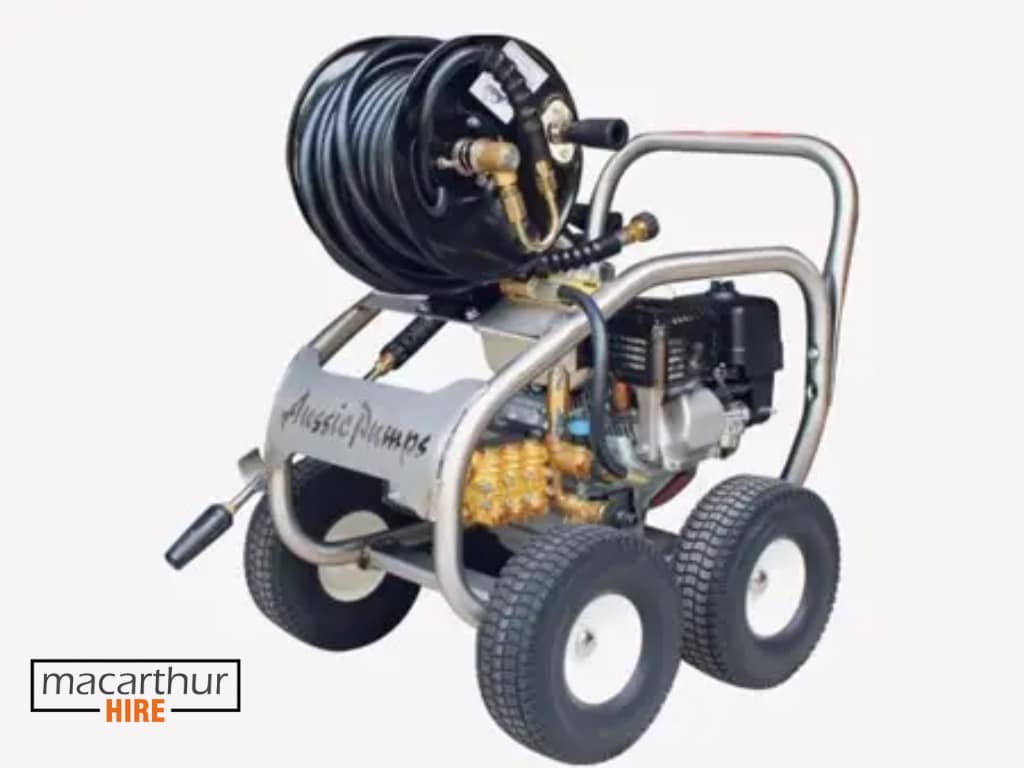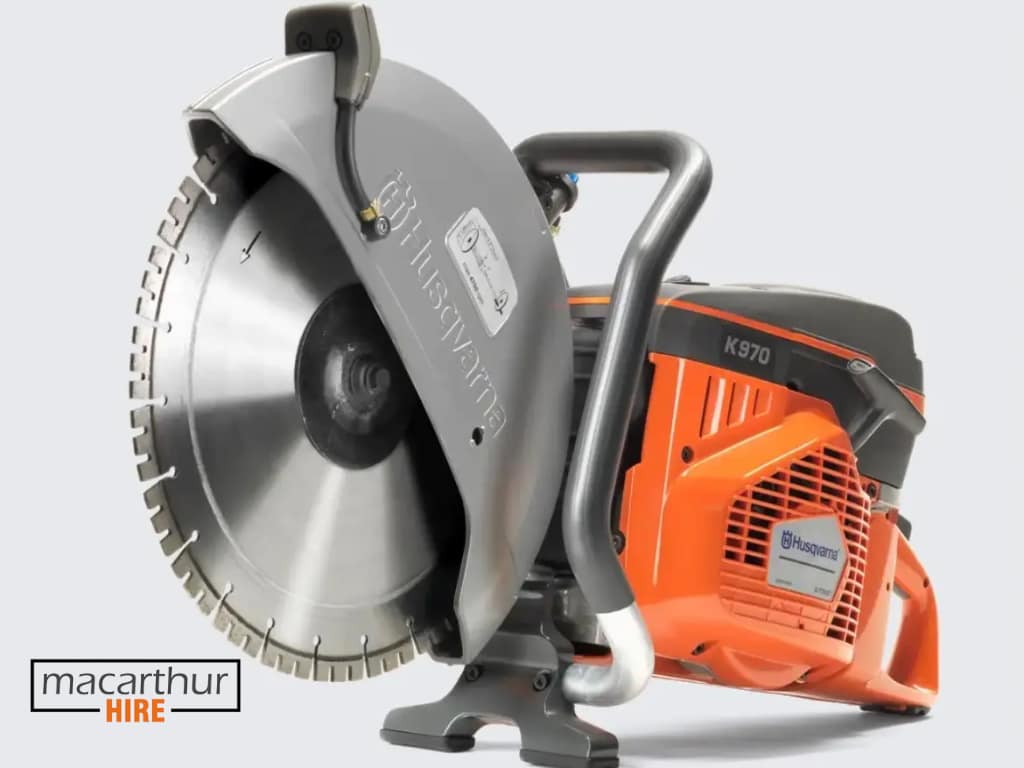In today’s construction and industrial sectors, there is a growing emphasis on sustainability and minimizing environmental impact. Companies are increasingly held accountable for their carbon footprint and overall environmental practices. Integrating eco-friendly solutions into construction and industrial operations not only aligns with regulatory requirements but also enhances corporate responsibility and reputation. The adoption of sustainable practices can lead to significant cost savings, improved efficiency, and a positive impact on the environment.
Overview of Scissor Lifts and Their Applications in Site Services
Scissor lifts are essential equipment in various construction and industrial applications, known for their ability to provide safe and efficient elevated work platforms. These lifts are commonly used for tasks such as maintenance, installation, and inspection in both indoor and outdoor settings. Scissor lifts are favored for their stability, ease of operation, and ability to reach significant heights, making them indispensable in site services. As the demand for sustainable operations grows, the focus has shifted toward developing and utilizing eco-friendly scissor lifts to reduce environmental impact.
Eco-Friendly Options and Innovations in Scissor Lift Design
Types of Eco-Friendly Scissor Lifts
With increasing environmental awareness, several types of eco-friendly scissor lifts have been developed to reduce emissions and energy consumption:
- Electric Scissor Lifts: Powered by batteries, electric scissor lifts produce zero emissions, making them ideal for indoor use and environments where air quality is a concern. They are quieter and more efficient compared to their diesel counterparts.
- Hybrid Scissor Lifts: These lifts combine the benefits of electric and diesel power. Hybrid scissor lifts use electric power for indoor operations and can switch to diesel for outdoor tasks, offering versatility and reduced environmental impact.
Technological Advancements in Reducing Emissions and Energy Consumption
Innovations in scissor lift design have significantly improved their environmental performance:
- Advanced Battery Technology: Modern batteries offer longer run times and faster charging, reducing downtime and enhancing productivity. Lithium-ion batteries, in particular, provide a more sustainable and efficient power source.
- Energy-Efficient Motors: Newer models feature motors designed to maximize energy efficiency, reducing power consumption and operational costs.
- Regenerative Braking Systems: This technology captures and stores energy produced during braking, which can then be used to power the lift, further enhancing energy efficiency.
- Telematics and Fleet Management: Advanced telematics systems allow for real-time monitoring of scissor lifts, optimizing their use and maintenance. This leads to improved fuel efficiency and reduced emissions.
Tips for Reducing the Environmental Impact of Scissor Lift Operations
Best Practices for Energy-Efficient Operation
Implementing best practices in the operation of scissor lifts can significantly reduce their environmental impact:
- Optimal Use of Equipment: Use the right size and type of scissor lift for the job to avoid overworking the machine and wasting energy.
- Efficient Work Scheduling: Plan and schedule tasks to minimize idle time and ensure continuous, efficient use of the lift.
- Operator Training: Properly trained operators can use scissor lifts more efficiently, reducing energy consumption and wear on the equipment.
- Regular Monitoring: Use telematics to monitor lift usage and performance, identifying areas where energy savings can be made.
Maintenance Tips to Ensure Optimal Performance and Reduced Emissions
Regular maintenance is crucial for keeping scissor lifts in top condition and minimizing their environmental impact:
- Routine Inspections: Conduct regular inspections to identify and address any mechanical issues that could affect performance and increase emissions.
- Timely Repairs: Promptly repair any faults to prevent further damage and ensure the lift operates efficiently.
- Battery Maintenance: For electric scissor lifts, maintain batteries by following the manufacturer’s guidelines for charging and storage. This helps extend battery life and maintain performance.
- Lubrication and Cleaning: Keep the lift well-lubricated and clean to reduce friction and wear, ensuring smooth and efficient operation.
Regulatory Requirements and Guidelines
Overview of Environmental Regulations Affecting Scissor Lift Use
Various environmental regulations govern the use of scissor lifts to ensure they meet sustainability standards:
- Emission Standards: Compliance with local and international emission standards is mandatory for scissor lifts, particularly for those powered by diesel engines.
- Noise Pollution Regulations: Regulations may limit the permissible noise levels for equipment used in residential or sensitive areas, favoring quieter electric or hybrid models.
- Energy Efficiency Standards: Compliance with energy efficiency standards can result in reduced operating costs and environmental impact.
Compliance Strategies for Site Services Operations
To comply with environmental regulations and guidelines, companies can adopt several strategies:
- Regular Audits: Conduct environmental audits to ensure all equipment and operations comply with relevant regulations.
- Certification and Training: Ensure operators are trained and certified in eco-friendly practices and the efficient use of scissor lifts.
- Use of Certified Equipment: Invest in scissor lifts that meet or exceed environmental standards, ensuring compliance and enhanced sustainability.
- Documentation and Reporting: Maintain accurate records of equipment use and maintenance to demonstrate compliance and identify areas for improvement.
Benefits of Eco-Friendly Scissor Lifts in Site Services
Cost Savings from Reduced Energy Consumption
Eco-friendly scissor lifts, such as electric and hybrid models, offer significant cost savings due to their reduced energy consumption. Here’s how they save money:
- Lower Operating Costs: Electric scissor lifts use batteries instead of fuel, reducing the cost of operation. Charging batteries is generally cheaper than refueling diesel engines.
- Reduced Maintenance Costs: Electric lifts have fewer moving parts than their diesel counterparts, resulting in lower maintenance and repair costs.
- Longer Lifespan: Properly maintained electric and hybrid lifts often have a longer operational lifespan, providing better return on investment.
Enhanced Sustainability and Corporate Responsibility
Adopting eco-friendly scissor lifts demonstrates a company’s commitment to sustainability and corporate responsibility. Benefits include:
- Reduced Carbon Footprint: Electric and hybrid scissor lifts produce fewer emissions, contributing to lower overall greenhouse gas emissions.
- Improved Public Image: Companies that prioritize eco-friendly practices are viewed more favorably by customers, partners, and stakeholders.
- Compliance with Regulations: Using environmentally friendly equipment helps ensure compliance with environmental regulations, avoiding potential fines and enhancing operational credibility.
Selecting the Right Scissor Lift for Environmental Considerations
Key Features to Look for in an Eco-Friendly Scissor Lift
When choosing an eco-friendly scissor lift, consider the following key features:
- Power Source: Opt for electric or hybrid models to minimize emissions and reduce fuel consumption.
- Energy Efficiency: Look for lifts with energy-efficient motors and regenerative braking systems that save energy during operation.
- Battery Life and Charging: Ensure the scissor lift has long-lasting batteries and fast charging capabilities to maximize uptime and productivity.
- Noise Levels: Select models with low noise output to comply with noise pollution regulations and provide a quieter work environment.
Comparing Different Models and Manufacturers for Environmental Performance
When comparing scissor lift models and manufacturers, consider the following factors to assess environmental performance:
- Emission Ratings: Check the emission ratings of different models to ensure they meet or exceed environmental standards.
- Energy Consumption: Compare the energy consumption of various lifts to identify the most energy-efficient options.
- Manufacturer Reputation: Research the reputation of manufacturers for producing reliable, eco-friendly equipment. Look for reviews and testimonials from other users.
- Warranty and Support: Ensure the manufacturer offers a solid warranty and reliable customer support to address any issues that may arise.
Future Trends in Eco-Friendly Scissor Lift Technology
Emerging Technologies and Innovations
The future of eco-friendly scissor lift technology is promising, with several emerging trends and innovations set to enhance their performance and sustainability:
- Advanced Battery Technology: Innovations in battery technology, such as solid-state batteries, promise longer lifespans, faster charging times, and greater energy efficiency.
- Autonomous and Remote-Controlled Lifts: Development of autonomous and remote-controlled scissor lifts can improve safety and efficiency by reducing the need for on-site operators.
- IoT Integration: Integrating Internet of Things (IoT) technology allows for real-time monitoring and data analysis, optimizing lift performance and maintenance schedules.
Predictions for the Future of Scissor Lifts in Sustainable Site Services
As technology continues to evolve, several predictions can be made about the future of scissor lifts in sustainable site services:
- Increased Adoption of Electric Models: As battery technology improves and environmental regulations become stricter, the adoption of electric scissor lifts is expected to increase significantly.
- Greater Focus on Sustainability: Companies will prioritize sustainability, leading to more widespread use of eco-friendly equipment and practices.
- Enhanced Regulatory Compliance: Future scissor lifts will be designed to meet or exceed increasingly stringent environmental regulations, ensuring compliance and reducing the environmental impact of site services.
Conclusion
Integrating eco-friendly scissor lifts into site services offers significant benefits, including cost savings, enhanced sustainability, and improved regulatory compliance. Electric and hybrid scissor lifts reduce emissions and operating costs while maintaining high performance. By choosing models with advanced battery technology and energy-efficient features, companies can meet environmental standards and demonstrate corporate responsibility.

